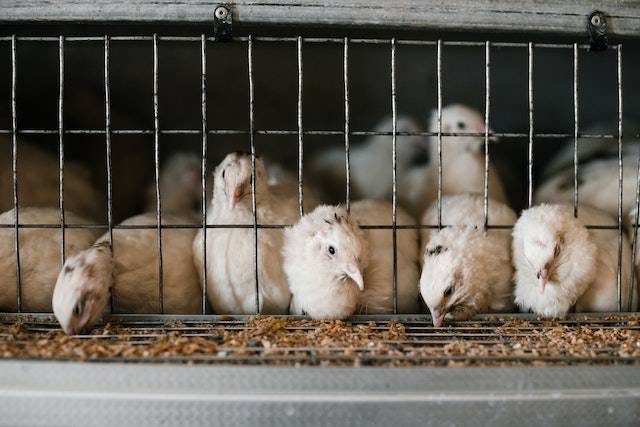L-Lysine Feed Grade
Boost Your Livestock’s Health with Lysine HCl Feed Grade: Unveiling the Key to Optimal Nutrition

I. Introduction
A. Opening statement:
Start the blog post by emphasizing the significance of optimal nutrition for livestock health, capturing the reader’s attention.
Q3B. Briefly introduce
lysine HCl feed grade as a specific type of lysine used in animal nutrition. Highlight its relevance to livestock health and overall well-being. C. Thesis statement: Clearly state the main objective of the blog post, which is to explore how lysine HCl feed grade can boost livestock health and improve their overall nutrition.
II. Understanding Lysine HCl Feed Grade
A. Definition and composition of lysine HCl feed grade:
Define what lysine HCl feed grade is, explaining that it is a high-quality form of lysine specifically formulated for animal feed. Mention its composition and purity levels.
B. Role of lysine in livestock nutrition:
Explain the crucial role lysine plays in supporting various physiological functions in livestock, such as protein synthesis, growth, and immune response. Highlight its significance as an essential amino acid.
C. Discuss the significance of feed grade quality:
Emphasize the importance of using high-quality feed additives like lysine HCl feed grade to ensure optimal nutrition for livestock. Mention its compliance with industry standards and regulations.
III. Benefits of Lysine HCl Feed Grade for Livestock
A. Enhanced growth and weight gain:
Explain how lysine HCl feed grade promotes muscle development, improved weight gain, and overall growth in livestock. Cite relevant studies or research that demonstrate the positive impact of lysine supplementation on growth performance.
B. Improved feed efficiency and nutrient utilization:
Discuss how lysine HCl feed grade enhances feed conversion rates, meaning livestock can convert feed into usable energy more efficiently. Highlight the economic benefits for livestock farmers, as improved feed efficiency can result in cost savings.
C. Strengthened immune system and disease resistance:
Explain the role of lysine HCl feed grade in supporting the immune function of livestock. Discuss how it helps boost disease resistance, reducing the likelihood of infections and improving overall health. Mention any relevant research or studies supporting these claims.
IV. Application and Usage
A. Dosage recommendations for different livestock species:
Provide dosage guidelines for using lysine HCl feed grade in various livestock species, such as poultry, swine, or cattle. Highlight the importance of following recommended dosages to achieve optimal results.
B. Integration of lysine HCl feed grade into existing feeding programs:
Explain how lysine HCl feed grade can be integrated into existing animal feeding programs. Discuss its compatibility with different types of animal feed and the ease of incorporating it into the diet.
C. Highlight successful case studies or testimonials:
Share real-life examples or testimonials from livestock farmers who have experienced positive outcomes by incorporating lysine HCl feed grade into their feeding programs. Highlight specific improvements in livestock health or performance.
V. Considerations and Precautions
A. Potential interactions or contraindications with other feed additives:
Mention any potential interactions or contraindications that may arise when combining lysine HCl feed grade with other feed additives or medications. Encourage readers to consult with a veterinarian or nutritionist before making any changes to their livestock feeding programs.
B. Importance of consulting with a veterinarian or nutritionist:
Emphasize the significance of seeking professional advice from experts in animal nutrition. Encourage readers to consult with a veterinarian or nutritionist to determine the appropriate usage and dosage of lysine HCl feed grade based on their specific livestock’s needs.
C. Address any potential side effects or risks:
Provide information about any potential side effects or risks associated with the use of lysine HCl feed grade in livestock nutrition. Be transparent and balanced in presenting this information to ensure readers have a comprehensive understanding.
VI. Conclusion
A. Recap the benefits of using lysine HCl feed grade for livestock:
Summarize the key benefits discussed in the blog post, such as enhanced growth, improved feed efficiency, and strengthened immune system.
B. Reinforce the importance of optimal nutrition for livestock health:
Remind readers of the crucial role nutrition plays in the overall health and well-being of livestock. Encourage them to prioritize providing the best nutrition possible.
C. Encourage readers to consider integrating lysine HCl feed grade into their feeding programs:
Conclude the blog post by urging readers to explore the potential of lysine HCl feed grade in enhancing their livestock’s health and performance. Encourage them to consult with professionals and make informed decisions.

